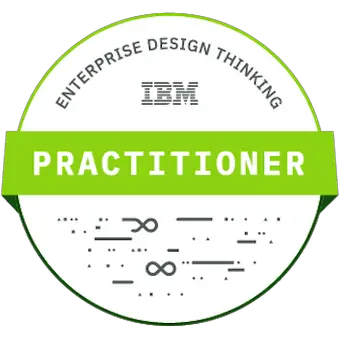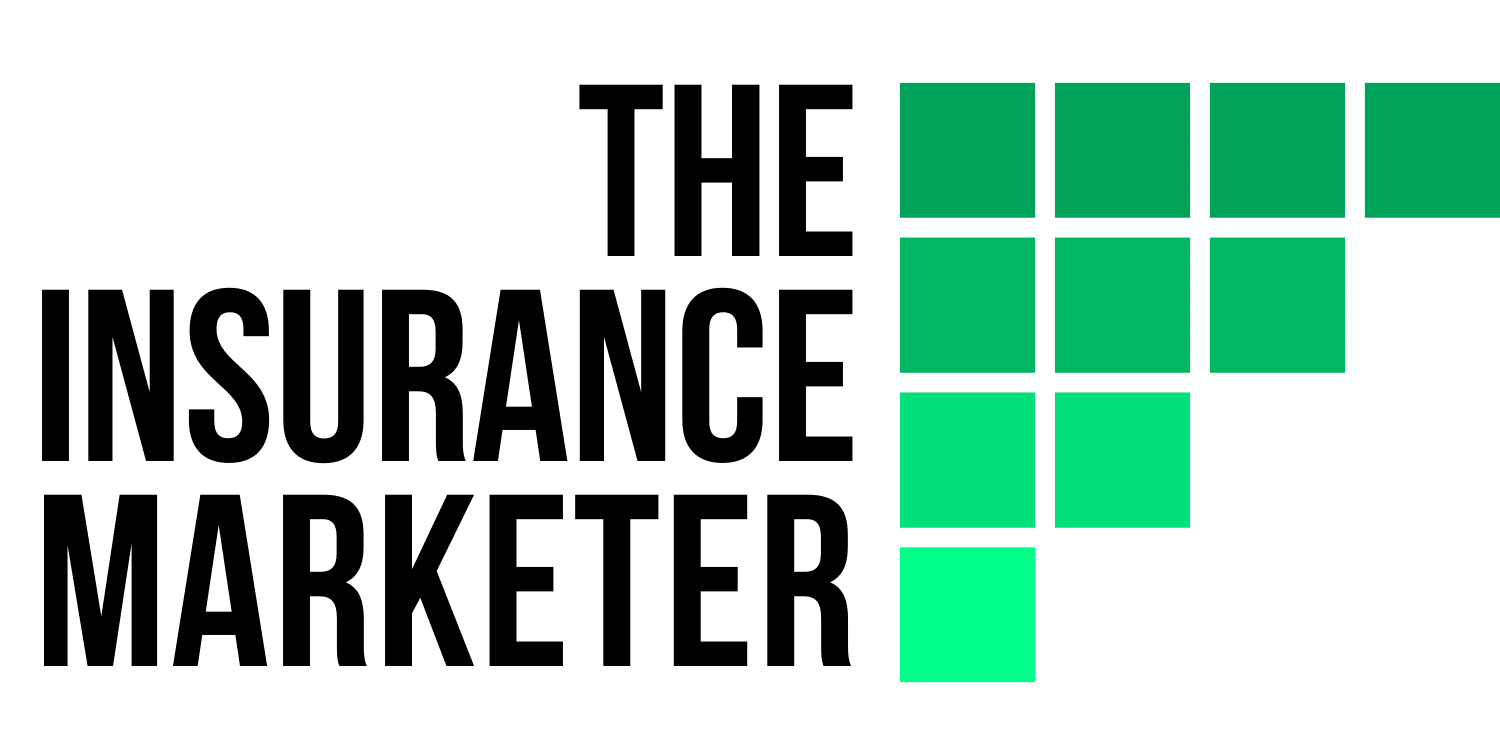As a marketer, you know it’s essential to be customer-centric. You want to engage with the end-users as much as you can. And you want to take part in building things that people want to use. Yeah, everybody’s doing it. The question is: how to stay away from being mediocre and not sound like everyone else?
Enter Design Thinking – it is a set of actionable steps that guide you and your team to develop practical and innovative solutions for real-life problems. Some of the world’s leading brands, such as Apple, P&G, UberEATS, Airbnb, have rapidly adopted the design thinking approach to create a successful business.
In this article, we will first briefly go through what design thinking is and illustrate it with a couple of world-class examples. You will walk away with a list of 6 online courses to start learning design thinking at the comfort of your home under $100 with or without a certificate to show in your Linkedin profile. Ready? Let’s go!
What is Design Thinking?
Design thinking is a human-centered approach usually used by teams to solving problems in the ever-changing world. It is a non-linear process that involves steps in understanding the users, defining the problems, generating creative ideas, experimenting with rapid prototypes, and testing.
Why Should Marketers Learn Design Thinking?
In essence, marketing is all about getting the right message to the right people at the right time. But you know it’s not as easy as it might sound as people are being inert to the overload of information. This is especially true in a world where an average person receives 10,000 advertising messages per day.
How can we cut through the clutter?
By defining or reframing the problem in the customer’s shoes, by creating things they actually need, by standing for the value they care about, marketers stand a much better chance to strike a chord with their target audience. This is where design thinking comes into play.
Learn more from Mckinsey’s discussion on Transforming life insurance with design thinking:
One powerful approach is to apply the principles of customer-centric “design thinking,” which can deliver a compelling end product and be disruptive enough to transform a company’s culture along the way.
Mckinsey & Company
The Five Stages of Design Thinking
Design Thinking is, by definition, a way of thinking (that induces the “doing”) or a mentality that focuses on solving the users’ problem rather than the seller’s intent.
It is a time-tested methodology that marketers leverage to collaborate with their teams to create, test, learn, and refine their product/solution by implementing these five stages:
- Empathizing: Understanding the human need
- Defining: Re-framing and defining the problem
- Ideating: Creating innovative ideas quickly
- Prototyping: Developing prototype rapidly
- Testing: Tackling the problem
The process is iterative and there is a constant collaboration between designers and users. This creates a feedback loop for the designers to refine the problem as the market and behavior of customers change over time.
What Are the Applications of Design Thinking?
Design thinking saves lives, changes behavior, transcends business from the brink of going bust. Here are a few famous examples:
UberEATS
The design team of UberEATS has a mission to make eating effortless. Based upon immersion, iteration, and innovation, their approach allows them to solve complex logistical challenges with brand new technology that complements food culture of over 80 cities in the world. (Source)
Netflix
Netflix transcends the entertainment business again and again by using the Design Thinking approach. It has become an on-demand streaming guru in response to cable’s competition and, more importantly, to the ever-changing customer needs. (Source)
Airbnb
When they first started, the three founders of Airbnb were unable to get more bookings in front of their computers for months. They skipped codes and followed the rules of design thinking: empathize, define, design, prototype, and test. Meeting their customers in the real world was proven to be the best way to deal with the problem. The rest is history. (Source)
Embrace Infant Warmer
Embrace Infant Warmer is a portable medical device that costs 99 percent less than a traditional baby incubator. It was designed by a team of electrical engineers, computer scientists, and MBA students—not public health experts.
Their team member Linus Liang (a computer scientist) adopted the first step of design thinking of “empathize with the end-user”, by paying a trip to Nepal in order to understand the real situation firsthand. And the observations and insights she brought back have inspired a solution with the potential to save millions of newborns in developing countries. (Source)
6 Online Design Thinking Courses Under $100 (With or Without Certification)
The best thing about taking an online course is that it can be accessed from anywhere. Some allow you to learn at your own pace and some require you to follow their schedule for assignment evaluation and group discussion.
However the case may be, you are of no shortage of choice offered by the most acclaimed universities and industry leaders.
Our goal here is to get you started without breaking your bank by providing here a list of online Design Thinking courses you can take under $100 with or without certifications at your choice.
1. IBM’s Enterprise Design Thinking Certification Courses

- Platform: IBM
- Duration: From 3 hours to 3-6 weeks
- Price for the course: FREE
- Certification: FREE
Enterprise Design Thinking is IBM’s answer to applying design thinking at the speed & scale that is needed by a modern enterprise. The company believes that it helps the teams not only form intent but deliver innovative outcomes that improve the lives of the people they serve.
Current courses on offer range from short and specialized (a few hours) to intensive (a 3 to 6 weeks team-based lessons).
- Practitioner – This is a 2 hours design thinking class that will give you the basic skills in Enterprise Design Thinking – collaboration, synthesis, design research, prototyping, and storytelling.
- Co-Creator – This is a 3-6 weeks, practice-based learning module. The prerequisite for this course is that you have completed the Practitioner course. You will work on methods like identifying stakeholders, creating a research plan, and testing ideas.
- Team Essentials for AI – This 3-hour course is based on IBM’s AI Essentials Framework. It teaches the framework and tools you need to recognize responsible AI design, align your team, and work with data sources to start building an AI solution.
IBM is currently offering all of their courses and toolkit activities for free. All one needs to do is create an account to get started.
2. Design Thinking: The Ultimate Guide (Interactive Design Foundation)

- Platform: Interactive Design Foundation
- Duration: 18 hours 12 mins over 7 weeks (Estimated)
- Price for the course: $16 per month for a membership (cancel anytime, 14-day money-back guarantee)
- Certification: FREE
WHAT YOU WILL LEARN
- How to apply design thinking to your problems in order to generate innovative and user-centric solutions
- How to make use of practical design thinking methods in every stage of your problem, with the help of method templates
- How to initiate a new working culture based on a user-centric approach, empathy, ideation, prototyping, and playful testing
- How to employ ethnographic and analysis methods, such as interviews, focus groups, and surveys
- How to prototype early and fast, as well as test your prototypes so as to reduce risks and accelerate organizational learning
When you take part in this course, you will join a global multidisciplinary team working on the course and the exercises at the same time as you. You will work together to improve your skills and understanding. Your course group will be made up of an incredibly diverse group of professionals, all of whom have the same objective—to become successful designers. It’s your chance to learn, grow, and network with your peers across the planet.
3. Design Thinking for Innovation by University of Virginia (Coursera)

- Platform: Coursera
- Duration: 4 weeks, 2-3 hours per week
- Price for the course: 7-day free-trial and $49 per month afterward
- Certification: FREE
This is an entry-level online course to prepare anyone to become an innovative thinker to solve problems at every level in every kind of organization. Real stories are shared to illustrate how design thinking is used in real-life situations.
WHAT YOU WILL LEARN
- What design thinking is and when to use it
- How to prepare to see and take action when opportunity arises
- How to use design thinking to generate innovative ideas
- How to take the many ideas you generate and determine which ones are likely to produce specific, desired outcomes
To successfully complete the course, you must complete and pass the final assignment. The assignment requires selecting one of the design thinking tools presented in the course, writing a reflection, and completing three peer reviews.
4. Design Thinking and Creativity for Innovation by University of Queensland (edX)

- Platform: edX
- Duration: 10 weeks, 8-10 hours per week
- Price for the course: FREE
- Certification: Add $49
This course looks at how individuals and organizations use creativity and design thinking skills to identify and choose opportunities that enable innovation.
Creative problem-solving skills are developed and enhanced through a range of real-world activities.
An overview of design thinking tools is provided to help students understand design thinking as a problem-solving approach. Ideas developed through these processes are then applied to a customer discovery approach to understand their value in the market place.
WHAT YOU WILL LEARN
- The nature of human creativity and innovation
- How creativity and design thinking help business to solve complex problems
- The process and tools of design thinking
- Different creativity and design processes and how it can be used to generate better ideas
- How to use a variety of tools to help validate your ideas to improve their chances for impact
- The use of design sprints to integrate the different elements of the course into a systematic method for generating and testing new ideas
- How to build organizations that support creative and innovative thinking
5. Stay Competitive Using Design Thinking (Linkedin Learning)

- Platform: Linkedin Learning
- Duration: 9 courses in a total of 11 hours and 38 minutes
- Price for the course: 30-day free trial. $19.99 (annual plan) or $29.98 (monthly plan) per month afterward
- Certification: FREE
This is a collaboration of 9 courses of over 11 hours of teaching on design thinking by industry practitioners. You will learn to put the thinking into practice for every step along the design thinking process.
Here is the list of courses:
- Design Thinking: Understanding the Process
- Design Thinking: Implementing the Process
- Learning Design Thinking: Lead Change in Your Organization
- Learning Design Research
- Design Thinking: Prototyping
- Design Thinking: Customer Experience
- Design Thinking: Data Intelligence
- Design Thinking: Testing and Refining
- Leading like a Futurist
|
ALSO READ: A Marketer’s Review on Linkedin Learning (2021) – Why I Like It? How To Get The Most Out of It? |
6. Design Thinking for Beginners: Develop Innovative Ideas (Udemy)

- Platform: Udemy
- Duration: 1 hour
- Price for the course: $74.99
- Certification: National Association of State Boards of Accountancy (NASBA)
It is also a learn-by-doing, introductory-level course that prepares you to implement design thinking in your workplace.
You will spend the duration of this course completing your own design thinking project, solving a design challenge of your choice. Each section contains activities that help you apply each step of the process to your design challenge.
There’s a workbook for you to complete as you progress through this course with all the templates you need to complete your project.
WHAT YOU WILL LEARN
- Apply the 5-step design thinking process to a design challenge in your organization.
- Empathize with your user through interviews and observations, in order to take a human-centered approach to a problem.
- Define your core problem by synthesizing and analyzing information gathered during your empathy work.
- Ideate solutions to your problem by brainstorming using “How might we…” statements.
- Prototype your ideas rapidly to identify the best possible solution for your problem.
- Test your prototypes with users to gather feedback on your proposed solution.
- Pitch design thinking to your team or organization using storytelling.
What’s Next?
Hopefully, this post has saved you a little time on researching for your first design thinking course with a limited budget. And if you want to learn more, here are some online resources:
What is Design Thinking and Why Is It So Popular? By Interactive Design Foundation
Follow Design Thinking pioneer Tim Brown’s blog:
https://designthinking.ideo.com/
Read the blog from legendary design firm IDEO (designer of the first manufacturable Apple mouse):
Read from some of the best industry practitioners in Design Thinking in IDEOU (Founded by David Kelley, Founder of IDEO and also the founder of the d.school at Stanford):
https://www.ideou.com/blogs/inspiration
Further reading on “Design Thinking for Marketers” by Digitalzone
https://www.digitalzonein.com/design-thinking-for-marketers/




